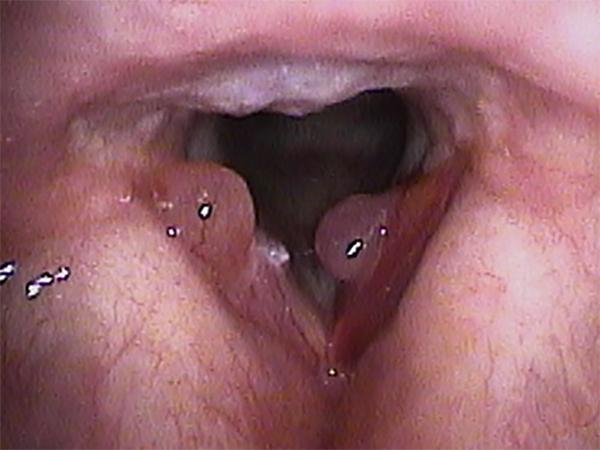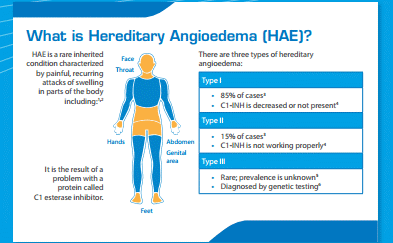Occasional Edema
- Occasional Edema Vs
- Occasional Edema Icd 10 Code
- Occasional Edema Meaning
- Occasional Edema
- Occasional Edema Medical Term
- Occasional Edema Definition
Water retention is a common problem associated with pregnancy, diabetes, menstruation, periods of prolonged heat, and inactivity due to injury or illness. Water retention (edema) often manifests in the legs. Discomfort and occasional pain from swollen feet or legs most often arises after period of prolonged sitting or bed-rest.
Many factors — varying greatly in severity — can cause leg swelling. Leg swelling related to fluid buildup Leg swelling caused by the retention of fluid in leg tissues is known as peripheral edema. It can be caused by a problem with the venous circulation system, the lymphatic system or the kidneys. Occasional swelling of your lower extremities can be caused by everything from salty food to standing too long. Here’s how to tell if something else may be going on. You may have experienced a brief episode of swollen feet and ankles after a long day walking or standing, particularly if it’s hot outside. Lymphedema is a problem that may occur after cancer surgery when lymph nodes are removed. Lymphedema can occur months or years after treatment. It’s a chronic (ongoing) condition that has no.
Tips to Reduce Swelling in Legs
Along with the sensation of heavy legs, many people struggle with swollen ankles, calves, and feet. Edema, or excess water accumulating in body tissue, though uncomfortable, is generally considered non-threatening. Swollen legs resulting from water retention, however, can signal more serious health conditions related to kidneys or the heart. Anyone suffering from protracted edema should consult with a physician.
Engaging in physical activities such as walking can reduce swelling in legs.
What Causes Swollen Legs
All other conditions aside, swollen legs due to water retention are often the result of a lack of regular physical activity. Due to periods of prolonged inactivity and/or other health or hormonal conditions can cause capillaries to leak water into the surrounding tissues. Increased pressure in the capillaries prevents water from returning to the bloodstream. The resulting decrease in water in the bloodstream prompts the kidneys to withhold water to compensate for the imbalance.
When the kidneys withhold more fluid, more fluid seeps through the capillaries, thereby prompting further water-retention in the Kidneys. The cycle continues, and swelling accelerates rapidly in an affected region, such as the legs.
Lack of physical activity often causes swollen legs
Many potential factors contribute to the development of edema. Hot weather, hormone fluctuations, and a high sodium diet can contribute to increased fluid secreting into surrounding tissues. Edema may also arise as a side effect of certain medications. Although it seems to arise suddenly and without warning, water retention often takes much longer to subside, many times lasting for several days.
When to Consult a Doctor
In most cases, edema is completely harmless. Usually, the condition disappears within 24 hours. If the conditions is persistent or recurring, consult your physician immediately. Persistent edema may signal serious kidney problems, diabetes, or cancer. Consult with a physician immediately if there is sudden swelling of the legs and/or the swelling is accompanied by a hot sensation or direct pain. If there are other symptoms, such as fever, shortness of breath, or chest pain you may need immediate emergency care.
Even in cases where serious causes of edema have been ruled-out, the condition should not persist without intervention. Swelling often arises with pain, itching, and sometimes skin rashes. In addition, water weight can increase the risk of infections, pressure sores, ulcers, and the development of blood clots in the legs, as clots are a bi-product of increased capillary pressure.
What you can do to reduce swelling in legs and water retention:
Reduce swelling in legs with a food bath using warm and cold water
- When the legs feel swollen, firm, or tight, it helps to tread cold water and use foot baths that alternate between hot and cold water.
- Elevating the legs relieves some of the pressure and promotes the flow of fluids from the body’s extremities.
- A low-sodium diet prevents excessive water retention and promotes the efficient exchange of bodily fluids.
- Engaging in regular physical activities such as jogging, stretching, yoga, walking, cycling, and resistance training support healthy blood flow and promote excretion of harmful substances from the tissues.
- Avoiding prolonged periods of sitting and/or recline.
- Wearing compression stockings on swollen legs help to apply pressure to the legs and prevent water accumulation in those effected regions.
- Consuming naturally diuretic foods and drinks and medications may be prescribed by a doctor to flush the kidneys and thereby relieve uncomfortable leg swelling.
Occasional Edema Vs
You may also enjoy these posts:
Medically reviewed by Drugs.com. Last updated on May 4, 2020.
- Health Guide
What is Edema?

Edema is swelling of both legs from a buildup of extra fluid. Edema has many possible causes:
Prolonged standing or sitting, especially in hot weather, can cause excess fluid to accumulate in the feet, ankles and lower legs.
Tiny valves inside the veins of the legs can become weakened, causing a common problem called venous insufficiency. This problem makes it more difficult for the veins to pump blood back to the heart, and leads to varicose veins and buildup of fluid.
Severe chronic (long-term) lung diseases, including emphysema and chronic bronchitis, increase pressure in the blood vessels that lead from the heart to the lungs. This pressure backs up in the heart. The higher pressure causes swelling in the legs and feet.
Congestive heart failure, a condition in which the heart can no longer pump efficiently, causes fluid buildup in the lungs and other parts of the body. Swelling is often most visible in the feet and ankles.
Pregnancy can cause edema in the legs as the uterus puts pressure on the vena cava, a major blood vessel that returns blood to the heart from the legs. Fluid retention during pregnancy also can be caused by a more serious condition called preeclampsia.
Low protein levels in the blood caused by malnutrition, kidney and liver disease can cause edema. The proteins help to hold salt and water inside the blood vessels so fluid does not leak out into the tissues. If a blood protein, called albumin, gets too low, fluid is retained and edema occurs, especially in the feet, ankles and lower legs.
Symptoms
Symptoms vary according to the type of edema and its location. In general, the skin above the swollen area will be stretched and shiny.
Diagnosis
To check for edema that is not obvious, you can gently press your thumb over the foot, ankle or leg with slow, steady pressure. If you have edema, you will see an indentation where you pressed. You should see a doctor to determine the cause of leg swelling. If both legs are swollen, your doctor will ask about other symptoms and will examine you. A urine test will show if you are losing protein from the kidneys. Blood tests, a chest X-ray and an electrocardiogram (EKG) also may be done.

Occasional Edema Icd 10 Code
Expected Duration
Edema can be temporary or permanent, and it can come and go depending on the cause.
Prevention
The only way to prevent edema is to prevent the cause. Smoking is the main cause of chronic lung disease. Congestive heart failure most often is caused by coronary artery disease, high blood pressure or drinking too much alcohol. To avoid leg swelling on long trips, stand up and walk around often. Ideally, you should get up once an hour. If that's not possible, then exercise your feet and lower legs while sitting. This will help the veins move blood back toward the heart.
Treatment
Occasional Edema Meaning
Treatment of edema focuses on correcting the cause of the fluid accumulation. A low-salt diet usually helps. You also should avoid drinking too much fluid. If you are not short of breath, elevate your legs above the level of your heart to keep swelling down. Your doctor might suggest that you take a low dose of a diuretic (water pill).
For swollen ankles and feet caused by pregnancy, elevate your legs and avoid lying on your back to help improve blood flow and decrease swelling.
If you have mild leg edema caused by venous insufficiency, elevate your legs periodically and wear support (compression) stockings. Sometimes surgery is needed to improve the flow of blood through the leg veins.
No matter what the cause of edema, any swollen area of the body should be protected from pressure, injury and extreme temperatures. The skin over swollen legs becomes more fragile over time. Cuts, scrapes and burns in areas that have edema take much longer to heal and are more likely to get infected.
When To Call a Professional

Call your doctor immediately if you have pain, redness or heat in a swollen area, an open sore, shortness of breath or swelling of only one limb.
Prognosis
The outlook for edema of the legs depends on the cause. For most people with edema, the prognosis is excellent.
Learn more about Edema
Associated drugs

IBM Watson Micromedex
Mayo Clinic Reference
External resources
Occasional Edema
National Library of Medicine (NLM)
http://www.nlm.nih.gov/
Occasional Edema Medical Term
Further information
Occasional Edema Definition
Always consult your healthcare provider to ensure the information displayed on this page applies to your personal circumstances.